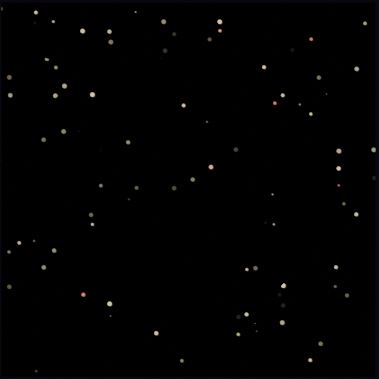I am creating a completely procedural space with some stars, nebula, etc. The stars are generated by a Voronoi texture hooked up to a Color ramp - a pretty usual approach as far as I know. I would like to decrease the amount of stars in the scene.
The Color ramp connected to the Voronoi texture has three colors inside it as follows:
- Black at position 0
- White at 0.001
- Black at 0.002
I have tried decreasing the amount of stars by setting the positions within the color ramp to lower values like 0, 0.0001 and 0.0002, but the amount of stars seems to stay the same.
I am fine with the size of the stars, I would like to just make fewer of them. Sadly, even after several hours of trying, I seem to be unable to achieve it. With that, I would be very grateful if anyone could give me some advice how to achieve this.
The node setup is below, the scene preview can be seen here Scene preview and the blend file is here Blender file. Using blender 2.8 with Cycles.
The node setup is pasted below:






